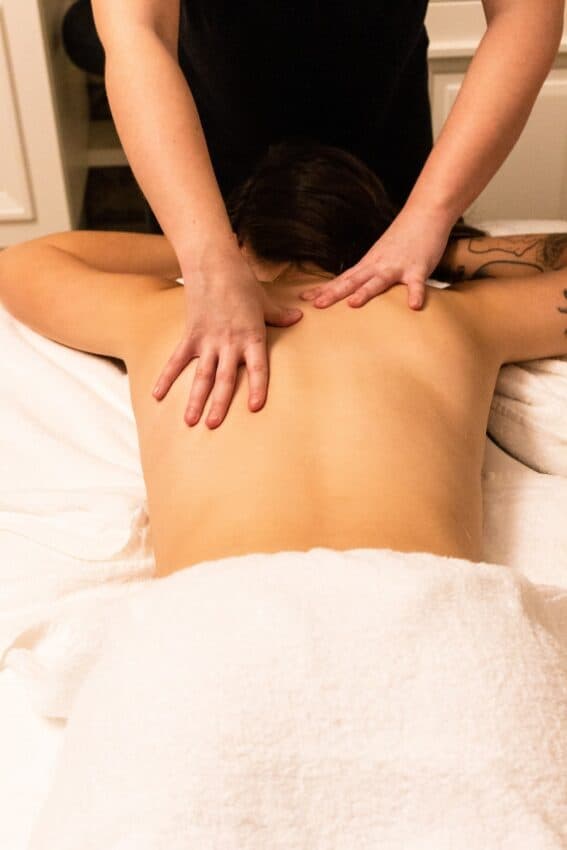Deep tissue massage has been shown to benefit people with several different health issues, such as chronic pain and muscle tightness. It can also lower blood pressure and promote longer, deeper sleep.

Reduces muscle tightness
Deep tissue massage can be beneficial in reducing muscle tightness and pain. Muscle knots form from a buildup of waste products. The mechanical pressure of a massage breaks these knots, reducing the amount of tension and discomfort.
Massage can also improve blood circulation and relax the muscles. It improves flexibility and range of motion. By increasing blood flow and improving oxygenation, the strength can heal faster.
People who participate in sports or other vigorous activities often have tight muscles. It can be a sign of inflammation. An overabundance of inflammation can harm cells and nerves.
You should consult your doctor or receive a massage at Motion Massage if you have stiff muscles. A 75-90 minute massage can keep your muscles supple and pain-free.
Aside from the physical benefits, massage can reduce your stress. After a good massage, your body releases feel-good neurotransmitters like endorphins. You will feel less tired and more relaxed.
Many people believe that a massage can help to ease inflammation. However, the research still needs to be more conclusive.
Some studies suggest that massage therapy can increase the elasticity of tissue. When the tissues become softer, they allow more freedom of movement. Thus, they can repair more damage.
Another benefit of massage is that it can help to relieve soreness after exercise. Microscopic tears in the muscle fibers often cause soreness. A deep massage after a workout can increase the amount of circulating blood, increasing the temperature of the soft tissues.
Lowers blood pressure
Massage therapy is a great way to lower blood pressure. It works by activating the parasympathetic nervous system, which puts the body in a rest and digest state. It also reduces stress.
A 2001 study by Boone, Tanner, and Radosevich showed that massage-like stroking of the abdomen reduced arterial blood pressure in anesthetized rats. While a massage is not necessarily the best treatment for high blood pressure, it is a good idea to try it.
Another study reported in the American Journal of Chinese Medicine found that the effects of a massage were not just limited to lowering blood pressure. According to the authors, massage results were also seen in decreased cortisol levels and salivary stress hormones.
In one study, a woman with a systolic blood pressure of 140 mm Hg could drop it by 18% after an hour of massage. The drop was also noticed in a female who had a systolic BP of 115 mm Hg before the first session.
It is advisable to consult a healthcare provider if you have the high blood pressure to decide the most effective course of treatment. One method that is often recommended is deep tissue massage. By using firm and slow strokes, massage helps to relax and relieve back pain and neck pain.


